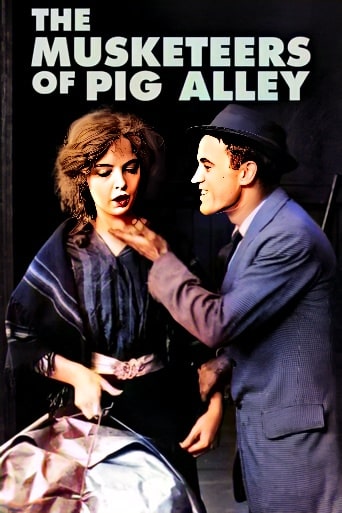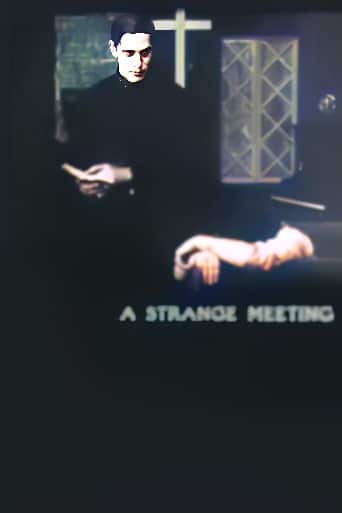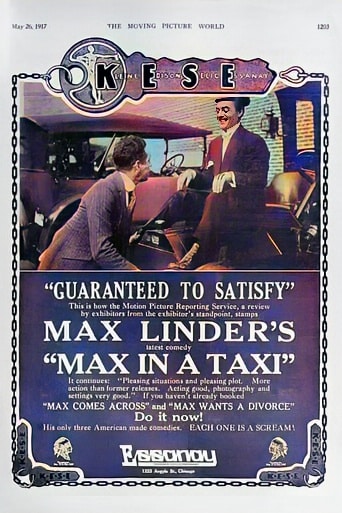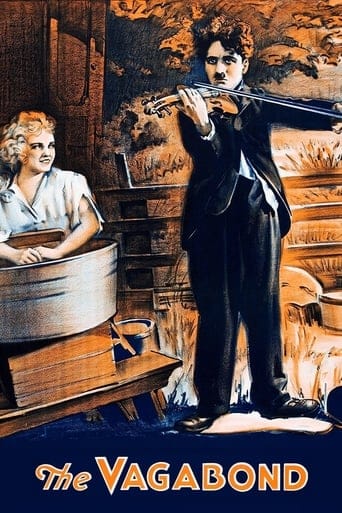The Musketeers of Pig Alley (1912)

 “The Musketeers of Pig Alley” (1912), directed by D.W. Griffith and starring Elmer Booth, Lillian Gish, Walter Miller, and Alfred Paget, is a landmark silent film that delves into the gritty urban reality of New York City’s slums.
“The Musketeers of Pig Alley” (1912), directed by D.W. Griffith and starring Elmer Booth, Lillian Gish, Walter Miller, and Alfred Paget, is a landmark silent film that delves into the gritty urban reality of New York City’s slums.
This short film, just over 17 minutes long, is recognized for its groundbreaking narrative techniques and its portrayal of the harsh social conditions of the time.
At the heart of the film is a tender young woman and her musician husband, portrayed by Lillian Gish and Elmer Booth, respectively. The couple attempts to eke out a living in the impoverished neighborhood known as Pig Alley. The setting provides a stark backdrop for the unfolding drama, highlighting the challenges faced by those struggling to survive in the urban jungle.
D.W. Griffith’s direction brings a sense of immediacy to the narrative, immersing the audience in the harsh realities of early 20th-century New York City. The film is a notable early example of Griffith’s exploration of social issues, a theme that would become more pronounced in his later works. In “The Musketeers of Pig Alley,” Griffith addresses the impact of poverty and crime on the lives of ordinary people.
Lillian Gish’s portrayal of the tender young woman adds emotional depth to the film. Her expressive performance captures the vulnerability and resilience of a character navigating the challenges of urban life. Gish’s ability to convey complex emotions through silent cinema’s visual language is a testament to her skill as an actress.
Elmer Booth, as the musician husband, brings a sense of optimism and aspiration to the narrative. His character’s dreams and struggles become emblematic of the broader aspirations of those seeking a better life in the face of adversity. Booth’s performance adds nuance to the film’s exploration of the human condition in an unforgiving environment.
The film introduces a narrative twist as the couple finds themselves caught in the crossfires of gang violence. Walter Miller and Alfred Paget, as members of rival gangs, embody the perilous atmosphere of Pig Alley. The introduction of gang dynamics adds a layer of tension to the film, reflecting the social unrest and criminal elements prevalent in urban slums of the time.
One of the notable aspects of “The Musketeers of Pig Alley” is Griffith’s use of cross-cutting to depict parallel storylines. This technique, groundbreaking for its time, allows Griffith to weave together the lives of different characters, creating a tapestry of interconnected narratives. Cross-cutting is employed to illustrate the juxtaposition of the tender young woman’s domestic life with her husband and the escalating tensions between rival gang members.
The film’s cinematography captures the urban milieu with a documentary-like quality. Griffith and his cinematographer, G.W. Bitzer, employ realistic locations and practical settings to convey the authenticity of Pig Alley. The use of actual New York City streets and tenement buildings adds a sense of realism to the film, immersing the audience in the lived experiences of the characters.
“The Musketeers of Pig Alley” is notable for its departure from the traditional melodramatic storytelling of the time. Griffith’s willingness to explore social issues and depict the complexities of urban life sets the film apart as a pioneering work in the evolution of cinematic storytelling. The film’s social realism laid the groundwork for future filmmakers to engage with pressing societal concerns on the silver screen.
The conclusion of the film, without giving away spoilers, reflects Griffith’s nuanced approach to storytelling. The resolution is neither entirely tragic nor wholly optimistic, capturing the ambiguous nature of life in the slums. This departure from conventional narrative resolutions contributes to the film’s lasting impact and sets it apart as a landmark in cinematic history.
“The Musketeers of Pig Alley” stands as a significant work in the evolution of film language and storytelling. Griffith’s exploration of social issues and his use of innovative narrative techniques mark the film as a precursor to the more complex and socially conscious narratives that would emerge in later silent cinema. The film’s impact extends beyond its initial release, influencing subsequent generations of filmmakers who would build upon its pioneering legacy.
In conclusion, “The Musketeers of Pig Alley” (1912) is a classic silent film that remains relevant for its groundbreaking storytelling and social realism. D.W. Griffith’s direction, coupled with compelling performances from Lillian Gish, Elmer Booth, and the supporting cast, creates a poignant depiction of urban life in early 20th-century New York City. The film’s exploration of poverty, crime, and human resilience establishes it as a timeless work that continues to be studied and celebrated in the annals of cinematic history.
Release Date: October 31st, 1912
Main Cast Members
Elmer Booth (Snapper Kid, Musketeers Gang Leader)
Lillian Gish (The Little Lady)
Walter Miller (The Musician)
Alfred Paget (Rival Gang Leader)
Madge Kirby (The Little Lady’s Friend)
Robert Harron (Rival Gang Member)




